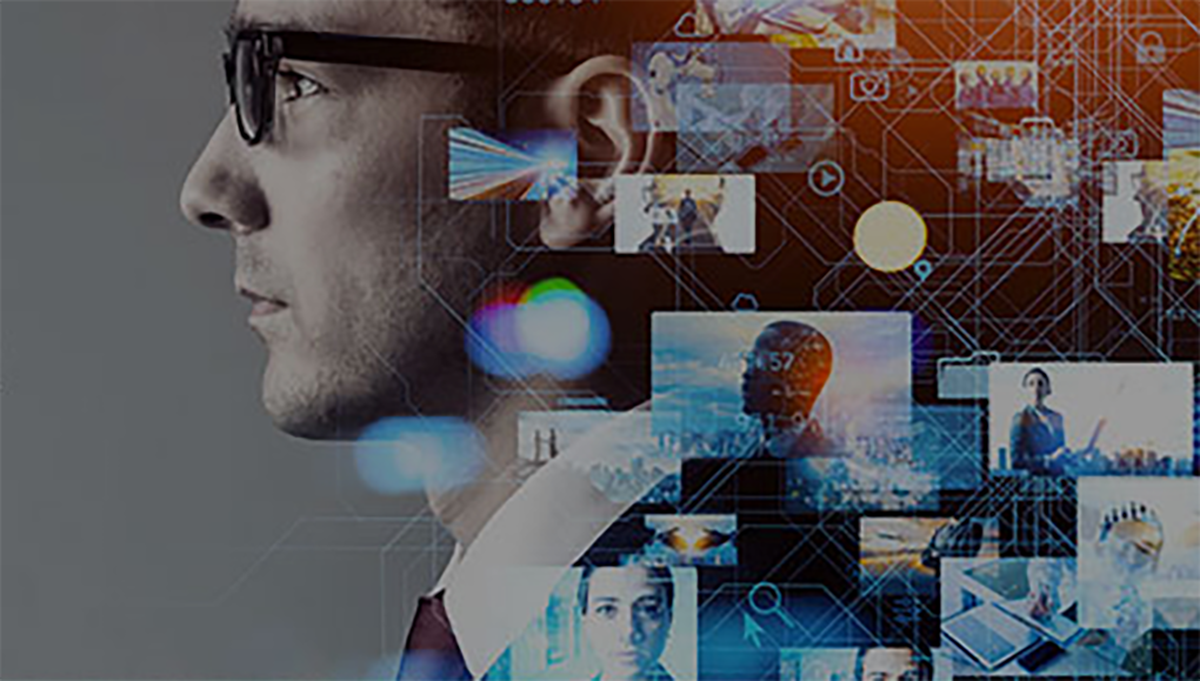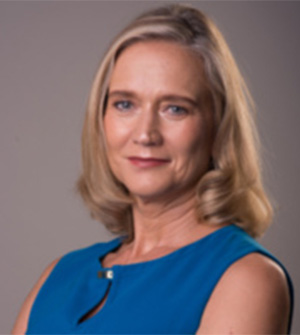


Innovating today means knowing how to connect to the world, being curious about technologies and trends. This requires the ability to mobilize resources, to communicate and to reinvent oneself.
ENGIE's Director of Innovation Ecosystems for Alliancy explains how the energy company maximises impact by tapping into the company’s wide range of innovators active across the five continents where it is operates.
By Catherine Moal in Alliancy
Alliancy: Before addressing the goals of your job, can you update us on the current context of ENGIE?
Csilla Kohalmi-Monfils. Our group aims to be the leader in carbon-neutral energy transition "as a service." To achieve this, we have three pillars, starting with the discontinuation of coal production, which has already been in place for several years. Secondly, we are pursuing the twofold objective to both reduce the overall volume of energy we consume and to decarbonize what remains.
Between 2019 and 2021, ENGIE will commission 9 gigawatts of additional capacity to its energy mix. This will benefit from a multitude of innovation projects to make the production, storage, distribution and marketing of green energy more efficient, smarter and more digital. We are convinced that research and innovation are key to the success of all these projects.
How are research and innovation organized within the group?
CKM. As far as research is concerned, as budgets are very large, everything tends to be rather centralized, with thematic laboratories located around the world. It's different when it comes to innovation, where we have smaller budgets and very broad topics... However, if we want to create an impact at this level, we're going to have to rely on all the power of the innovators present in each country. So we want to have leading countries on certain subjects, to make sure that our major strategic axes are well understood and will achieve their objectives: an example is the hydrogen supply solutions in Australia and Chile, where there’s a strong potential for renewable energies.
Hence your role as Innovation Ecosystems Coordinator created 18 months ago?
CKM.Absolutely... and here we're also talking about the highly decentralized internal ecosystems I've just described, which can be found by country, by theme, by job role... Because we have a lot of human power, whether for sales, HR or finance.
Then we have the external ecosystems, which are even more decentralized, obviously depending on the challenges of the regions where they are located. My role, with my team, is to be the innovation hub, where all these ecosystems can meet, exchange and collaborate. Innovating today means knowing how to connect to the world, being curious about technologies and trends. This requires the ability to mobilize resources, to communicate and to reinvent oneself.
| 165 entries from employees were selected and 106 projects are presented in this book. Each year, the energy company collects around 500 "innovative projects." The Group's 23 business units, including the head office and research centers, are called upon to publicize their best initiatives. Between 2,000 and 3,000 people are involved in this competition. "It is through their hard work and unwavering commitment that all the project leaders gave clear and dynamic presentations, supported by a discreet and agile back office that solved all problems in real time, providing the Grand Jury with a memorable and rewarding experience. An exceptional team performance!” |
How do you manage to set this dynamic in motion?
CKM. Previously, I worked in the Asia Pacific zone, where I gained experience in territorial innovation. So my job is more global today... We need to explain where our strategy in this area should lead. To achieve this, we have a unique innovation platform, which hosts all these ecosystems. The main idea is collaboration (networking) and co-creation, both internal and external. With access to more information internally.
What can be found on this platform?
CKM. There is a lot of general information on innovation, internal news on Engie's projects, on the different subjects we are working on... There are several databases on this platform. For example we have about 5,000 startups whose proposed solutions can be consulted by our employees. Today we have 35,000 people connected, and anyone can join in if they are interested. You can also find the various calls for projects on specific topics proposed by the different business units, which the startups can respond to. They can even submit their solutions if there is no call for projects that correspond to them.
There is another database of internal projects that allows us to map our internal innovation ecosystem. These are the 500 innovative projects submitted each year, from which we award the Group's Innovation Trophies (see box).
What happens to the winning projects?
CKM.. We're working on this because having a trophy is satisfying in terms of communication and visibility, but it doesn't necessarily help the project to succeed beyond the award... Last year we surveyed the project leaders to find out what their needs were... This reflection enabled us to create the "Beyond The Trophies" program, which focuses on three points: communication around the project; entrepreneurial knowledge for the innovator (online training is now available with personalized coaching per project) and, finally, networking: linking with other projects and entities in the Group that can help to advance the project in their own work. We have just started this new program, which will reach about 100 people at Engie, and applies to the project leaders of about 20 projects and their ecosystems.
How do you organize your own work and projects? Do you maintain contacts by country, by theme?
CKM. Our contacts are the innovation managers of each BU. Within the Group, there are also four Global Business Lines (GBL) that support local teams and cross-functional performance to improve competitiveness, innovation and coordination. They cover thermal, infrastructure, customer solutions and renewables. They are also our interlocutors. In 2020, we worked on the “Innovation Roadmaps” for Research and Innovation, which align with our 10-year strategic roadmaps.
From there, we looked at what we had internally and what we were missing... and identified innovation focus areas by theme. The people in charge oversee a portfolio of projects with pre-defined objectives. They are also informed of all potential projects that may be of interest to them. This provides a common thread linking these decentralized projects.
In all this organization that you describe, what has evolved the most in recent years?
CKM.Two things have really changed. First, internal governance. In a group such as ours, innovation has always been decentralized. We didn't try to quantify the impact of all this... Today, we know we have to do so. We know having 500 internal innovation projects a year is good, but what is their real impact? We need indicators to quantify it. With these new resources that have been put in place, we want to follow a common thread, standardize a few processes and have a more global vision in terms of ROI of everything that's happening... This is an important issue in all major groups, by the way, not just at Engie.
And the other point?
CKM. There has always been this idea of external collaboration. But today we're seeing a multiplication of players with whom we can partner. They are of course startups, but also customers, suppliers... Collaborations are increasingly multi-country, multi-actors, and of very different sizes. Collaborative innovation is the new challenge. This collaboration will continue to evolve to reach another scale, including between large groups, to improve operational efficiency.
For example, we are leading a collective intelligence project with BNP Paribas and Danone, which started with the employer brand department... Each of us is giving its intrapreneurs the opportunity to exchange with the three programs, which all deal with Intrapreneurship for Good... But other subjects are currently being discussed with other groups.
What are your objectives for the coming year?
CKM. We want to make progress on the "Innovation Roadmaps" defined in 2020. This year will be the year of their implementation within each BU to find the people who will be responsible for each project and the means to follow up with them. The link between the Innovation Trophies and these Roadmaps needs to be built. Together, we need to find the right tools for reporting with the right KPIs...
How many people carry out all these projects?
CKM. My team also works in an ecosystem... There are five of us in my team with very specific functions... The innovation platform, the trophies... But we work with all the innovation managers from each BU in all the countries. That's about 100 people with whom we exchange ideas on a very regular basis and who support us in our projects. It is a joint effort.